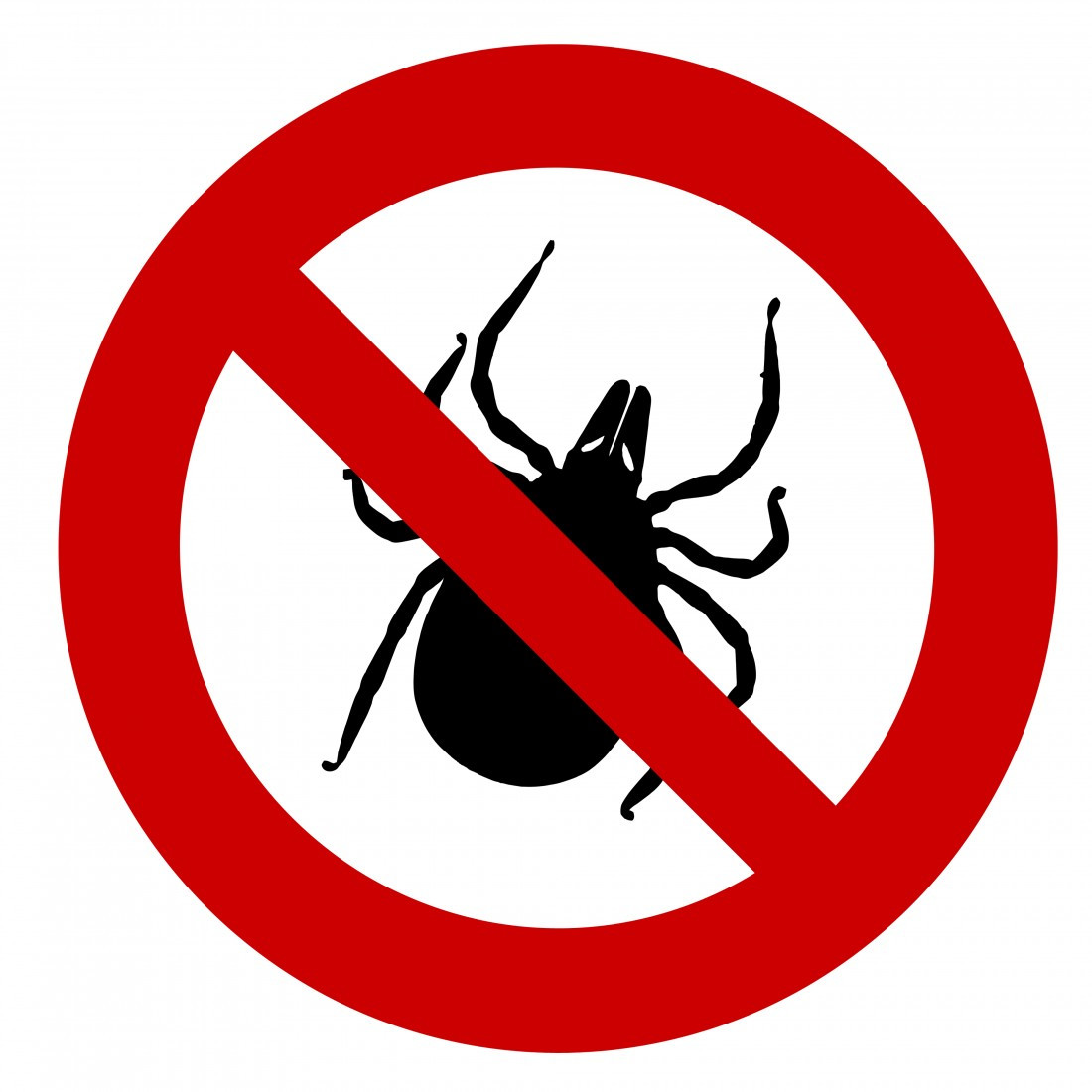Don’t get ticked off this summer
Ticks and tick-borne illnesses on the rise in Manitoba
With the arrival of summer, many Manitobans are gearing up to spend as much time as possible outdoors.
Mosquitoes may spoil the summer, but now there is an increased threat of ticks and tick-borne diseases, such as Lyme disease. According to the Manitoba Department of Health website, stats show that Lyme disease - spread by bacterial infections carried by ticks - has been on the rise in the province the past five years.
The spread of Lyme disease is caused by a bite from the deer tick, also known as the black legged tick, Jan Cmela, of the Manitoba Lyme Disease Support Group, says.
“The black legged tick is the one that transfers a lot of tick-borne illnesses (such as) Lyme Babesia and Anaplasmosis, which are all reportable in Manitoba,” Cmela says.
If a tick is carrying the infection, its bite can cause the disease to spread to humans.
Most Manitobans have been exposed to a tick habitat, Ryus St. Pierre, also of the Manitoba Lyme Disease Support Group, says. Yet many people aren’t too aware of what is at stake when the topic of ticks and Lyme disease comes up, he says.

There were 59 reported cases of Lyme disease in Manitoba last year and 29 confirmed cases. Those numbers are about double what they were five years ago, according to the Manitoba Department of Health website.
Kateryn Rochon, an entomology professor at the University of Manitoba, says most people living in Manitoba have encountered wood ticks, but the deer tick is relatively new.
Deer ticks are more common in 2018 than they were 25 years ago, due to habitat changes and different agricultural practices. Also, many ticks have been brought from migratory birds, Rochon says.
A tick or tick bite may not be a serious infection, as long as it is not the deer tick species and it is removed properly and quickly. According to a press release by the Manitoba Lyme Disease Support Group, any illness after a tick bite warrants a trip to the doctor.
Katelyn McCaffrey, a communications officer at Manitoba Health, says that tick-borne diseases can be successfully treated, especially during the early stages.
Ticks aren’t just out in the woods or in campgrounds. Rochon points out that ticks can be in city parks and along riverbanks. Chances are they are common wood ticks, and not the carriers for infections such as Lyme disease, she says.
Rochon says that tick populations may seem to be more common in early to late spring, but they are actually around throughout most of the summer.
The regular dog tick or wood tick still carry diseases, but it’s not as as common, Cmela says.
Deer ticks are smaller than wood ticks, and females can be identified by an orange body, whereas the wood tick is more of a reddish brown.
“I don’t think people should be afraid of ticks,” Rochon says. “We are bigger and smarter than they are. However, people should be aware of ticks, and they should modify their behaviour accordingly.”
Check out gov.mb.ca/health in order to obtain information on ticks, tick-borne diseases and what precautions to take.
Published in Volume 72, Number 25 of The Uniter (May 31, 2018)







